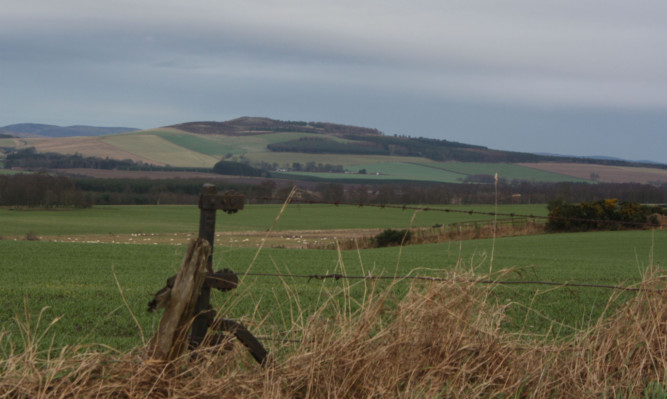Restricting farm support funds so that they only reach active farmers might seem a simple enough objective but it is still proving to be a real challenge.
Ever since the new CAP was mooted back in 2009, Rural Affairs SecretaryRichard Lochhead has made the eradication of “slipper farming” a priority.
NFU Scotland has been no less keen to make sure only genuine farmers are rewarded from what has become a much smaller funding package.
The alliance continues, with NFUS writing yesterday to Mr Lochhead, praising his “robust attempts” to ensure activity is rewarded.
At the same time, however, NFUS is warning that European Commission interpretation of the rules is making the task more difficult. Additional measures may be needed to close loopholes which if exploited, as surely they would be, would see money seeping away to the detriment of the industry.
The slipper farmer of the old regime made money from parking high-value entitlements on very poor land in the north and west of the country. That option has been made non-viable with the designation of such land as Region 3, with a payment of only 10 euros per hectare and the need for minimum stocking.
NFUS has, however, identified two possible ways for a new breed of slipper farmer to prosper.
The first involves renting or owning Region 1 land but doing nothing beyond maintaining it to a qualifying standard. Region 1 encompasses 1.8m hectares of the 4.8 m hectares classified as agricultural land and is nominally the best in the country with its mix of arable, temporary grass and permanent grass.
Some of it, however, is of quite poor quality and could be rented cheaply enough to make the standard Basic Payment Scheme (BPS) rate of approximately 220 euros per hectare leave an attractive margin without having to produce anything from it.
The second category of concern would be those who use Region 1 land to claim payments but, through the use of seasonal or grazing, lets ensure that others deliver the agricultural activity.
NFUS president Nigel Miller said: “In developing new payment regions under the BPS that try to mirror agricultural activity, the Scottish Government has wide industry support.
“Rewarding active producers in these payment regions is underpinned by both coupled schemes and the Scottish clause applied to land in Regions 2 and 3 with direct links to grazing activity.
“However, in the last 12 months, Scotland’s robust approach to activity has required modification to fit within the European Commission’s demands.
“That straightjacket must not create new pathways to slipper farming on the more productive, better quality land in Payment Region 1.
“We appreciate the constraints that Scottish Government faces but means must be created to ensure that precious direct support is focused on productive land management and that it underpins Scottish food production.
“The union believes that additional barriers must be created to avoid negative impacts. Placing meaningful obligations on those that choose a maintenance approach for Region 1 land, rather than active farming, is important.
“Simply keeping our better land in maintenance mode rather than active production would fail to deliver for the rural economy, rural communities or the food and drink agenda. Therefore, a declaration within the IACS claim for BPS and greening should be used to identify those that claim under the maintenance option.
“At the mid-term review of these CAP reforms, it might be possible to move non-active Region 1 land to a lower rate of support with the money saved moving to the Pillar 2 budget.
“For those that contract out land or create grazing lets on a seasonal basis while drawing down BPS and greening payments, the core obligations of farming should apply. Any and all greening and cross-compliance obligations should lie with those claiming the direct support payment.
“In addition, across all Scottish farmland, there should be obligations to maintain farm infrastructure such as fencing, livestock handling facilities, gates and buildings to recognised farm assurance standards. This is essential to safeguard future production potential.”
